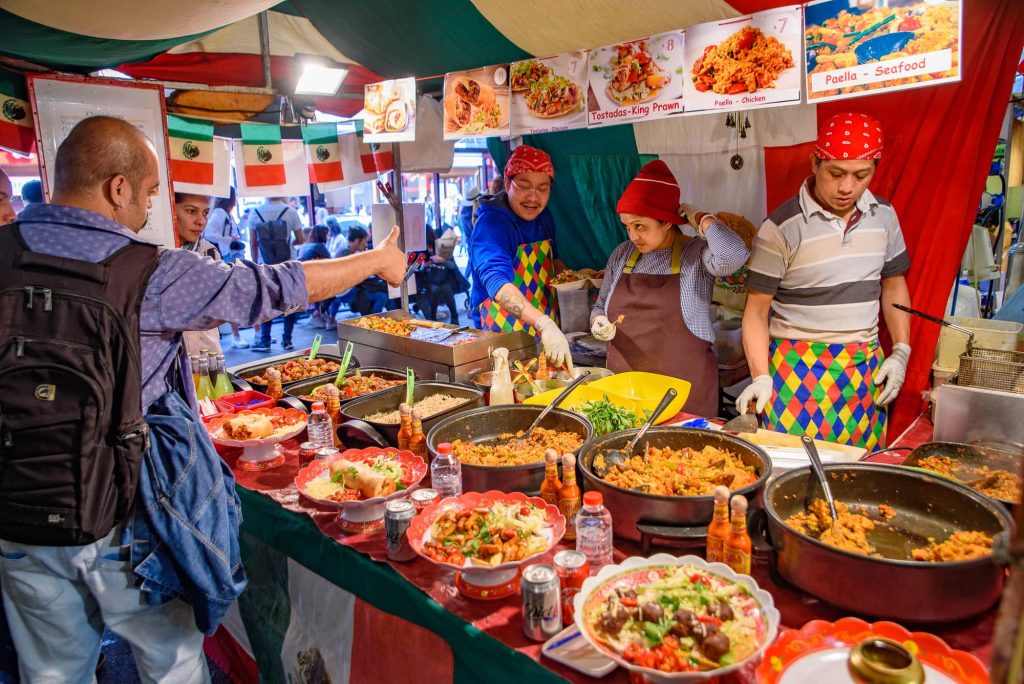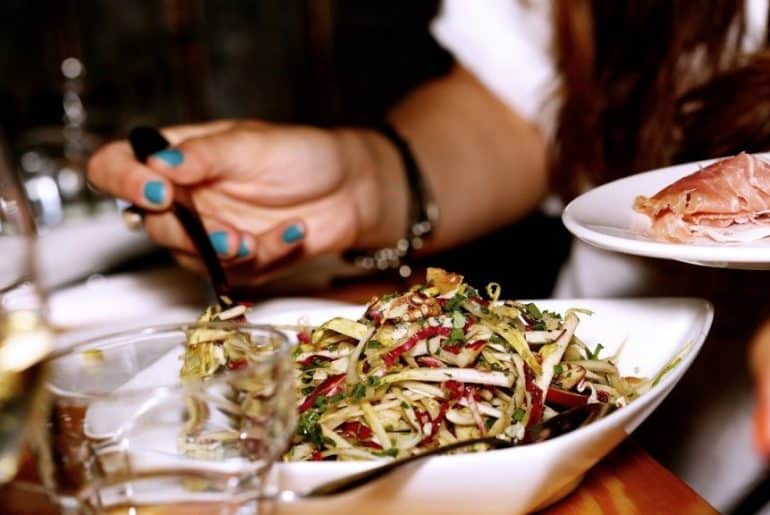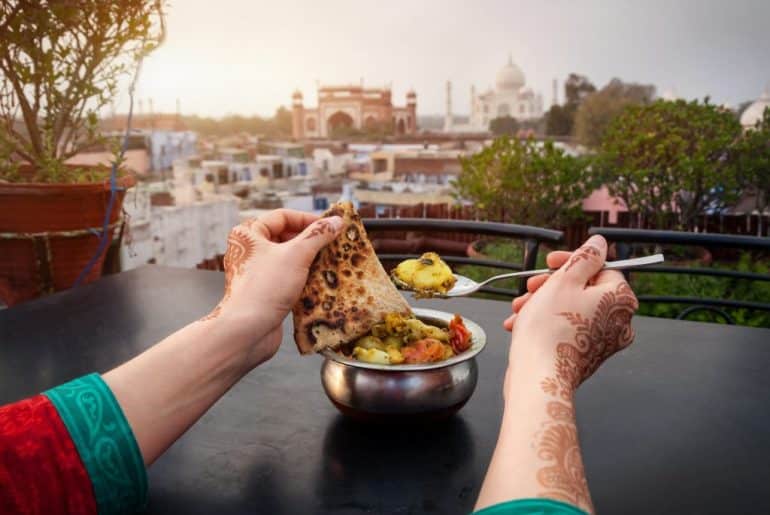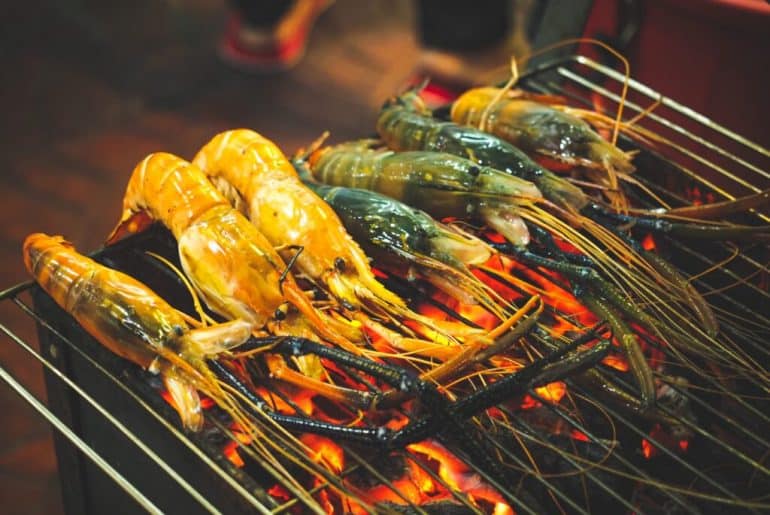Television travel shows that highlight delectable cuisine worldwide is among the greatest. Seeing someone arrive in a different country, amidst the culture and new energy, and delighting in a delicacy unique to that city or town, has a certain allure. There is nothing else like it for those who have experienced it, especially if the dinner was excellent.
The good news is that meals can be the focal point of entire trips! Food travel, also referred to as culinary tourism or food tourism, provides a glimpse into a location’s cuisine, flavor, and food culture. If you plan to stimulate your appetite on a culinary trip, here are some tips for your trip.
What is Food Travel
Food travel is the act of traveling to experience the local cuisine. Indulging in the pleasures of the table has always been connected with leisure periods. Still, on a gastronomic journey, the culinary experience no longer complements but is the primary driver for picking a destination and exploration mode.

Food tourism consists of activities that offer opportunities for consumption and appreciation of food and drink while also valuing a particular locale’s nature, history, and culture.
Why Food Travel?
Food has always played a cumbersome role in culture. Nevertheless, food may teach us about a culture’s history, customs, and social mores.
For many people, maintaining cultural identity through cuisine is vital. Culinary methods and recipes are passed down from one generation to the next. Some foods may be unique to a small group, while others may represent the tale of a whole country. Immigrants who relocate to different parts of the world carry their native cuisine.

Due to regional availability or historical reasons, some nations specialize in a particular cuisine category, while others refrain from eating certain foods because of strong religious beliefs. While certain regional dishes haven’t altered in hundreds of years due to outside influences, others have.
Outsiders can gain a deeper understanding of the place they are visiting than they might from simply seeing its famous landmarks by learning about the local cuisine.
How to Plan a Culinary Trip
Here are some guidelines on how to plan your culinary trip.
Where to Go?
The first consideration when organizing a trip with a cuisine theme is where to go. It is an understatement to say that the process of getting the answer is overwhelming. Traveling anywhere that isn’t in one’s neighborhood is the general rule of thumb, but, once more, this doesn’t make the planning process any more straightforward.

When planning a trip, you should know that breweries, distilleries, and cideries are all fair game because culinary tourism can include alcoholic beverages.
In addition, non-alcoholic choices like kombucha tours are yet another fantastic way to experience a different country’s culture and beverage production methods.
Here are some thoughts to help you with choosing your food travel destination.
International culinary events
Choose a destination with varied food markets
favorite cuisines
Popular destinations with remarkable cuisines (like Paris, Sicily, Tokyo, etc.)
Select a multi-day food tour
Specific meals (like brunch, lunch, or dinner)
Prepare for a holiday
Consider your food budget.
Plan Your Itinerary
Planning your itinerary will depend on many factors. You can opt to use a food travel agency to help you prepare an itinerary, or better yet, you could plan it yourself. Using an agency may be convenient if you prefer less hands-on work and enjoyment, but this may cost you a few more pennies.

To plan your itinerary, familiarize yourself with different travel and food blogs about your destination of choice. That will help you find and book the best food tourism activities and tours according to your tastes and preferences. Once you have booked your gastronomic activities, you are ready for your trip! Be sure to leave some space for local haunts on your itinerary.
Think about wineries and breweries
It’s true—even entire vacations may be organized around a person’s preferred alcoholic beverages. For example, most people are aware of Napa Valley, but they might not be as familiar with the events there; these provide the ideal justification for a trip and can be planned.
Furthermore, a foreign celebration like Austria’s Oktoberfest is the ideal way to experience Bavarian food and beer, which is a real treat for those interested.
Top 5 Countries for Food Travel
China
One of the boldest tribes of food aficionados in the world is made up of the cheap, clever, and food-crazed Chinese people, who also have a strong sense of entrepreneurialism. The most food-obsessed people in the world are those who greet each other, “Have you eaten yet?” If you want to experience food shock repeatedly each day, travel to China.
Italy
Thanks to its zesty tomato sauces, imaginative uses of wheat flour, and desserts that are essentially cream-filled vehicles, Italian food has been exciting taste buds around the globe for generations.

Italian food, from the creamy risottos to the crunchy fried meats, is a selection of comforting dishes that are sure to please. The success of Italian cuisine on a global scale represents genuine inventiveness.
France
Visit Paris if you’re one of those who believe that “life is about more than just food.” Those who thought the French were the world’s cuisine snobs will be surprised by the simple cookery (France is the birthplace of the Michelin Guide, after all).
Japan
The despotic sushi chefs and ramen bullies who make their employees and clients fear with a glare came from this place. Instead, a sumptuous multicourse kaiseki lunch showcases the seasons through various visual and gastronomic poetry to make you fall in love with Japan.
Spain
This is a society built on, around, and occasionally even inside food, hence all the bar hopping and tapas eating, minimum working, 9 p.m. dinners, and countless porron problems.

From the bounty of the Mediterranean Sea to the riches of the Pyrenees, from the Moorish saffron and cumin notes to Ferran Adria’s mad molecular experiments, Spanish cuisine is both traditional and cutting edge.
Conclusion
Food travel is much more than enjoying a meal in a different place. It is learning, meeting people with different realities, seeing other lifestyles, and being part of the conservation of world heritage and tradition. Sharing food with locals in a different destination will leave you feeling like a global citizen.



